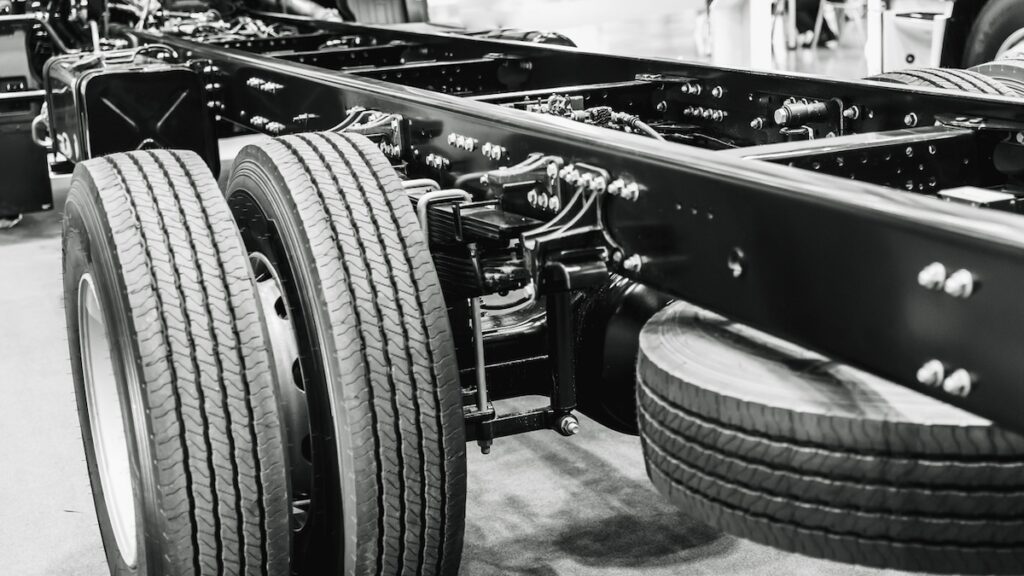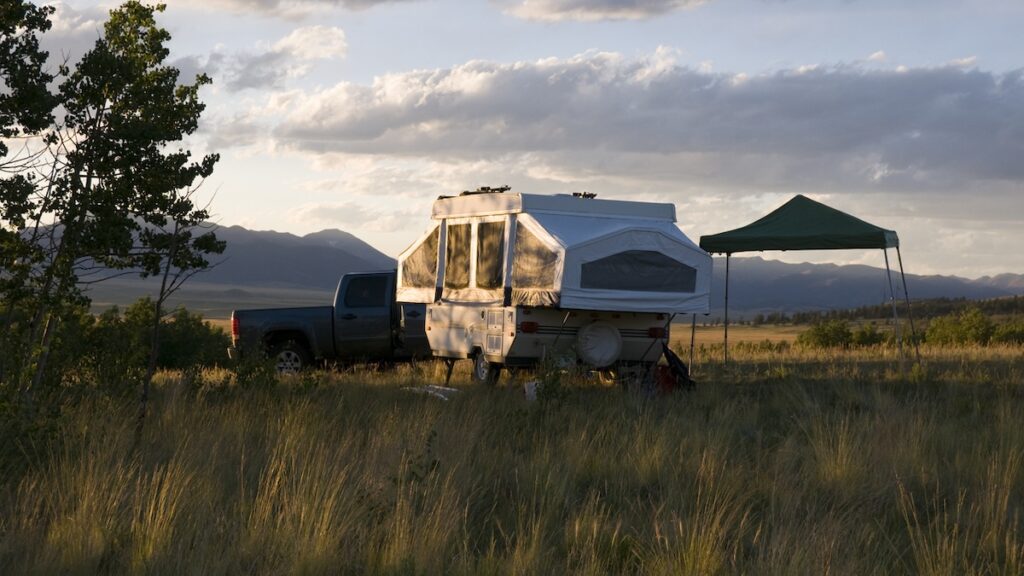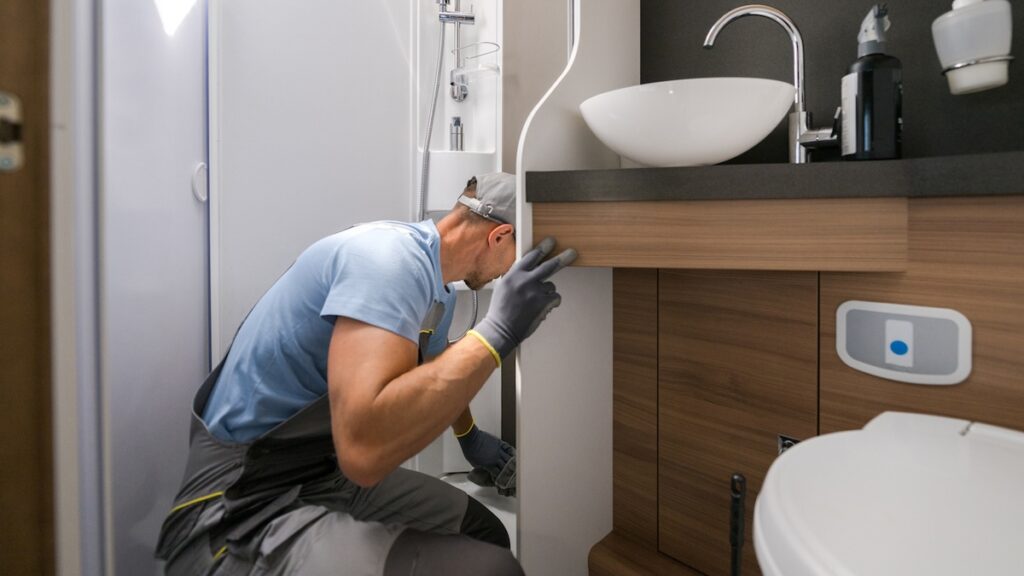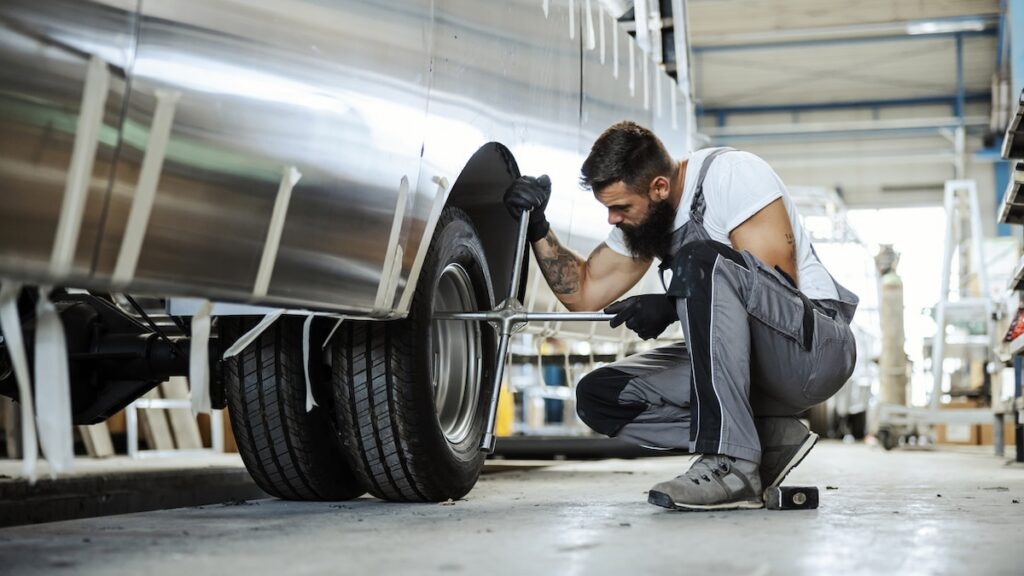Maintaining your RV’s chassis is crucial for ensuring safety and optimal performance during your travels. Below is a guide to common chassis issues, their causes, troubleshooting steps, and instructional videos to assist you.
1. Steering and Handling Difficulties
Potential Causes:
• Misaligned wheels.
• Worn-out suspension components.
• Improper tire pressure.
Troubleshooting Steps:
1. Check Wheel Alignment: Misaligned wheels can cause steering issues. It’s advisable to have your RV’s alignment checked and adjusted by a professional.
2. Inspect Suspension Components: Look for signs of wear or damage in the suspension system, including shocks and struts, and replace them if necessary.
3. Verify Tire Pressure: Ensure all tires are inflated to the manufacturer’s recommended levels, as improper pressure can affect handling.
Instructional Video: RV Steering and Suspension Maintenance
2. Chassis Frame Rust and Corrosion
Potential Causes:
• Exposure to moisture and road salts.
• Lack of protective coatings.
Troubleshooting Steps:
1. Inspect for Rust: Regularly examine the chassis for any signs of rust or corrosion, paying close attention to joints and welds.
2. Clean Affected Areas: Remove rust using a wire brush or sandpaper. Ensure the area is clean and dry before proceeding.
3. Apply Rust Inhibitor and Paint: After cleaning, apply a rust-inhibiting primer followed by a durable chassis paint to protect against future corrosion.
Instructional Video: How to Remove Rust and Undercoat Your RV
3. Suspension Sagging or Uneven Ride Height
Potential Causes:
• Worn or damaged leaf springs or coil springs.
• Faulty air suspension components.
Troubleshooting Steps:
1. Inspect Springs: Examine leaf springs or coil springs for signs of wear, cracks, or damage, and replace them if necessary.
2. Check Air Suspension: If equipped, inspect air suspension bags and lines for leaks or damage, and repair or replace faulty components.
3. Measure Ride Height: Compare the ride height on both sides of the RV to ensure they are within manufacturer specifications.
Instructional Video: RV Suspension Inspection and Maintenance
4. Unusual Noises from the Chassis
Potential Causes:
• Loose or damaged components.
• Worn bushings or bearings.
Troubleshooting Steps:
1. Perform a Visual Inspection: Look for any loose bolts, brackets, or components under the RV and tighten or replace them as needed.
2. Check Bushings and Bearings: Inspect suspension bushings and wheel bearings for wear and replace them if necessary.
3. Test Drive: After addressing potential issues, take the RV for a test drive to ensure the noise has been resolved.
Instructional Video: Diagnosing and Fixing RV Chassis Noises
5. Brake System Issues
Potential Causes:
• Worn brake pads or shoes.
• Leaking brake lines.
• Air in the brake system.
Troubleshooting Steps:
1. Inspect Brake Pads/Shoes: Check for wear and replace them if they are below the manufacturer’s recommended thickness.
2. Examine Brake Lines: Look for leaks, cracks, or corrosion in brake lines and replace any compromised sections.
3. Bleed the Brake System: If you suspect air in the lines, bleed the brakes to restore proper pedal feel and braking performance.
Instructional Video: RV Brake Maintenance and Troubleshooting
Regular maintenance and prompt attention to your RV’s chassis are essential for safe and efficient operation. Always consult your RV’s owner manual and adhere to safety guidelines when performing repairs. If you’re uncertain about any repair, it’s advisable to seek professional assistance.
For more detailed information on common RV problems and their solutions, you can refer to: 11 Common RV Problems and Their Solutions.
Additionally, here’s a video that provides insights into common RV issues and how to address them: Common RV Problems and How to Fix Them





